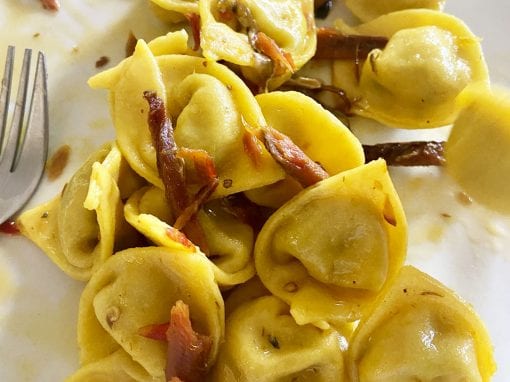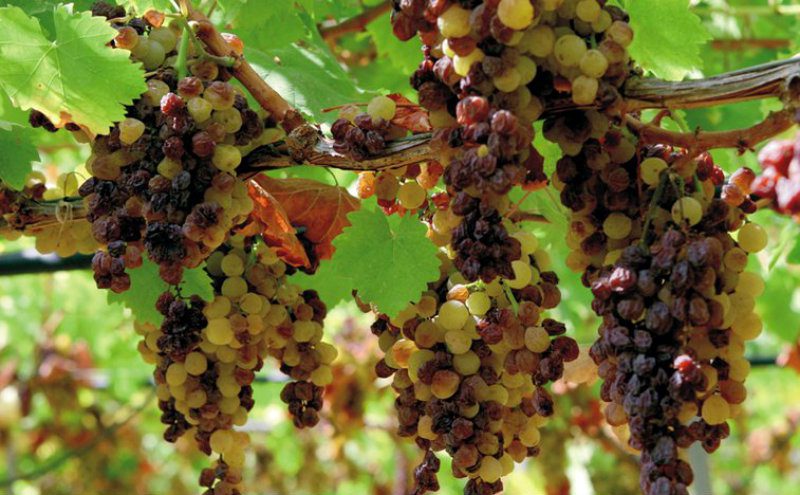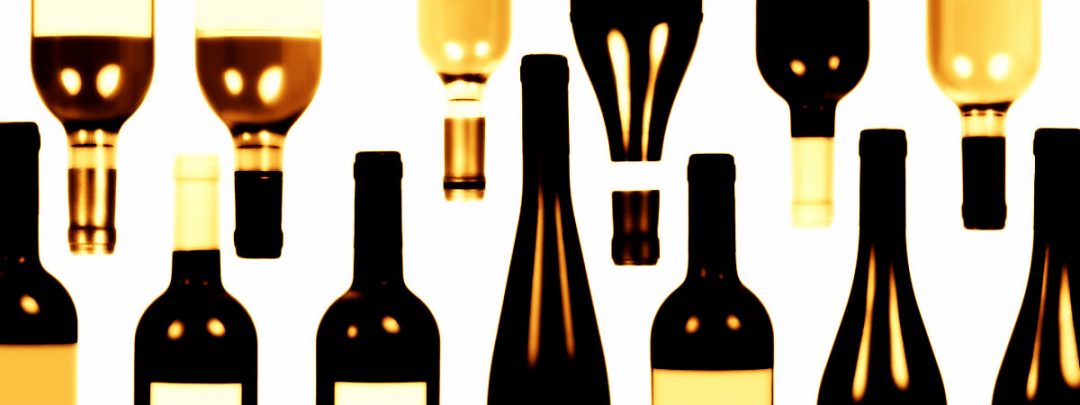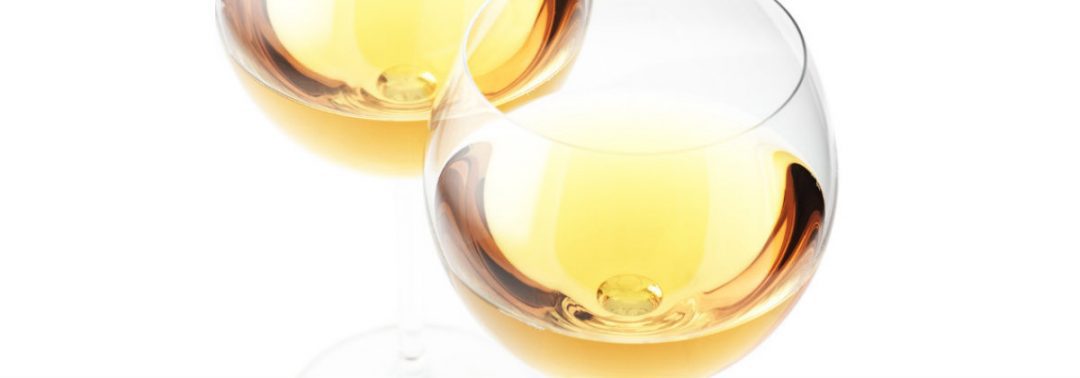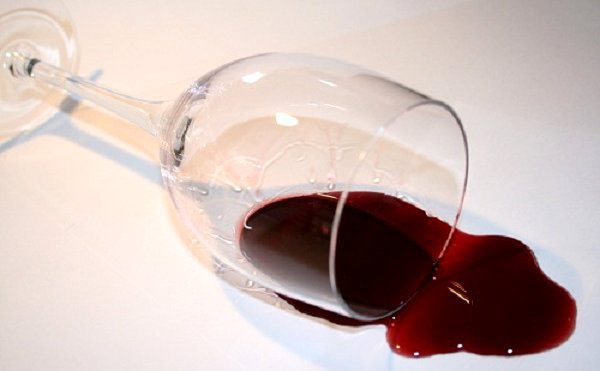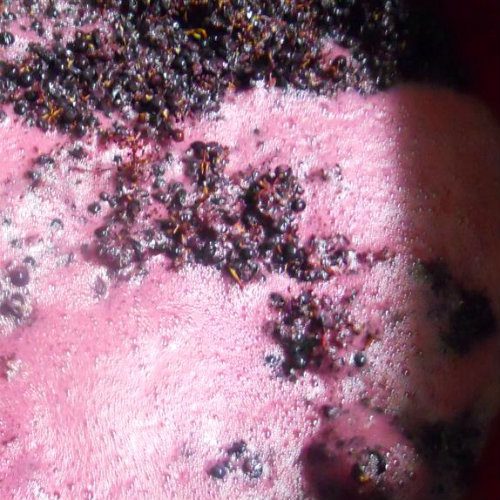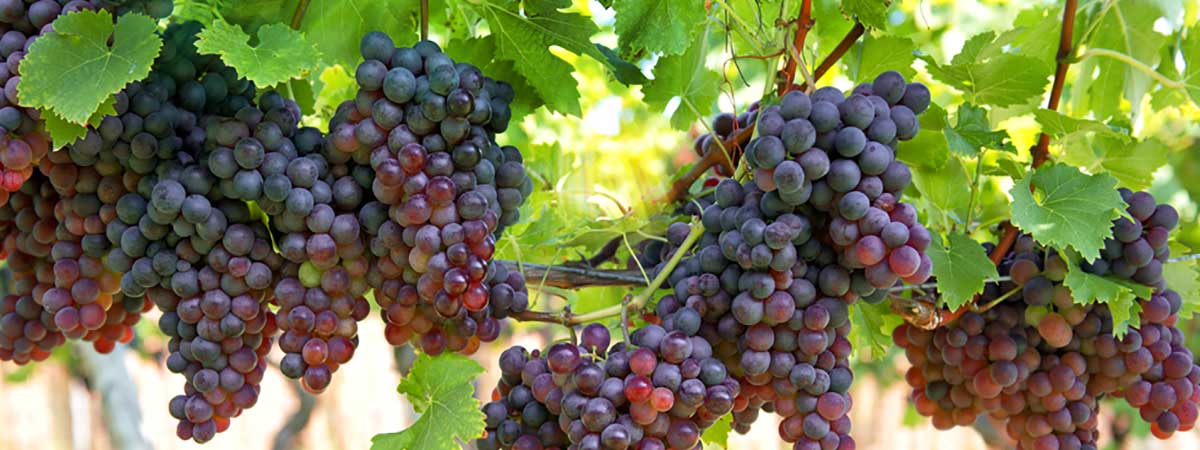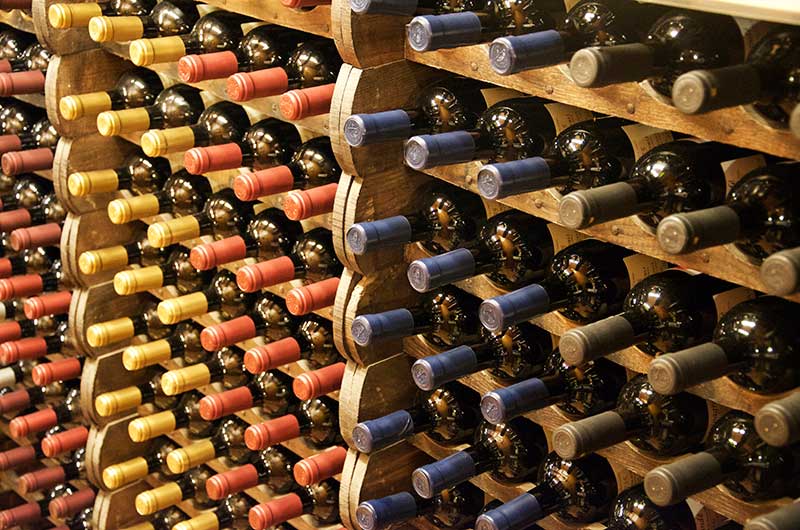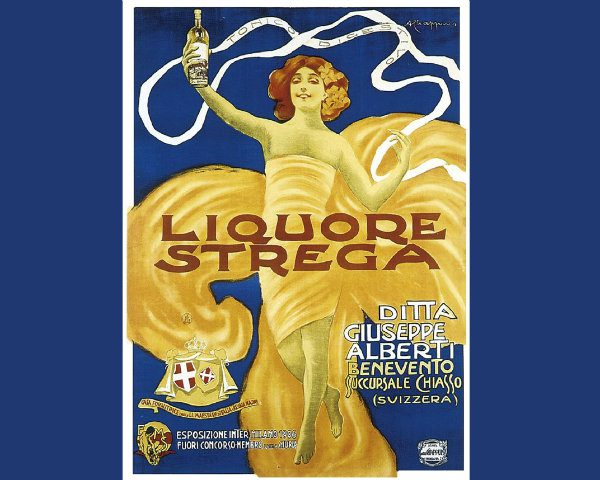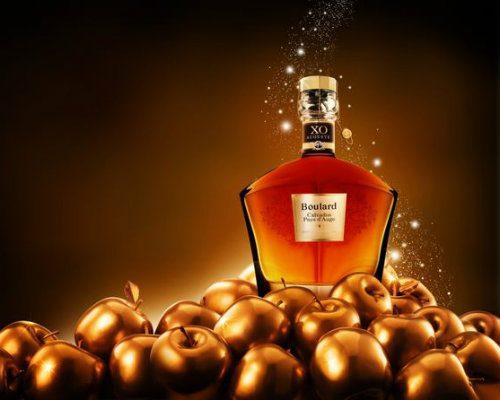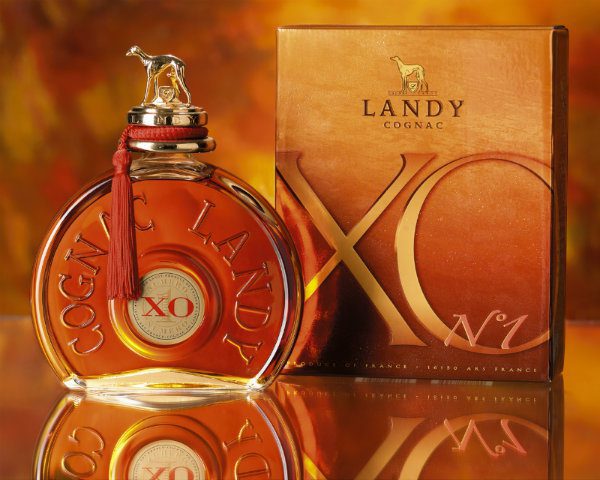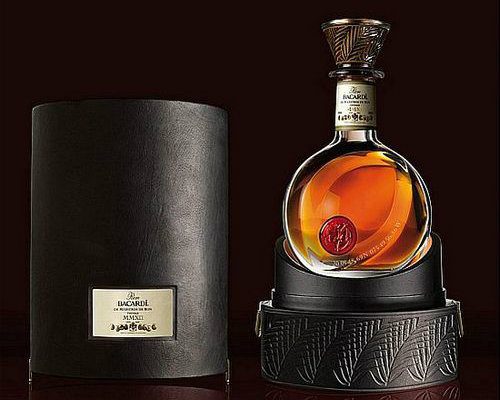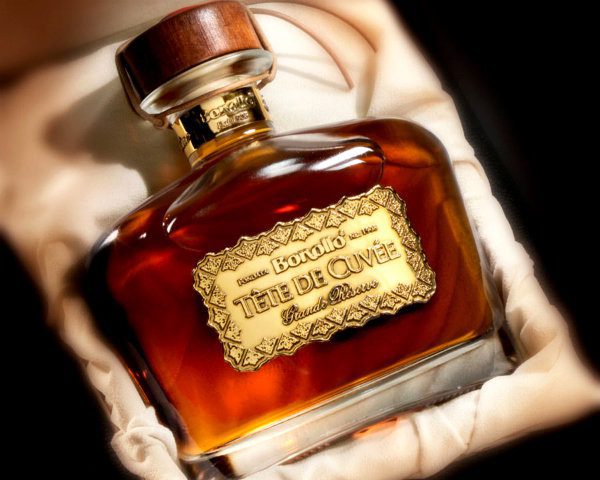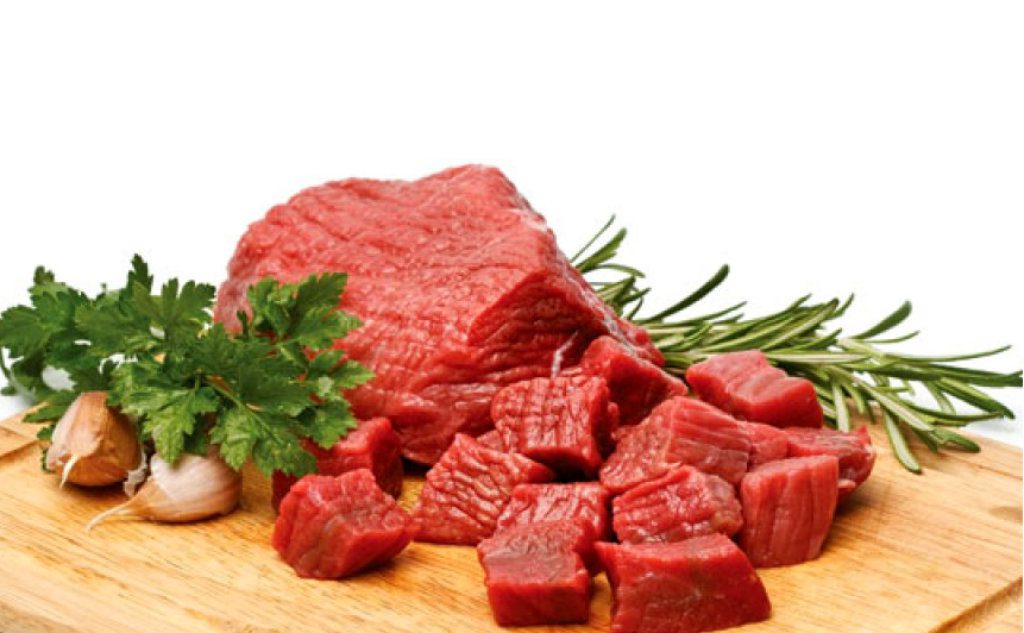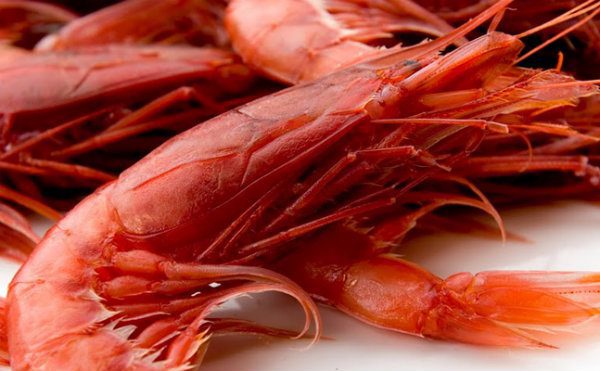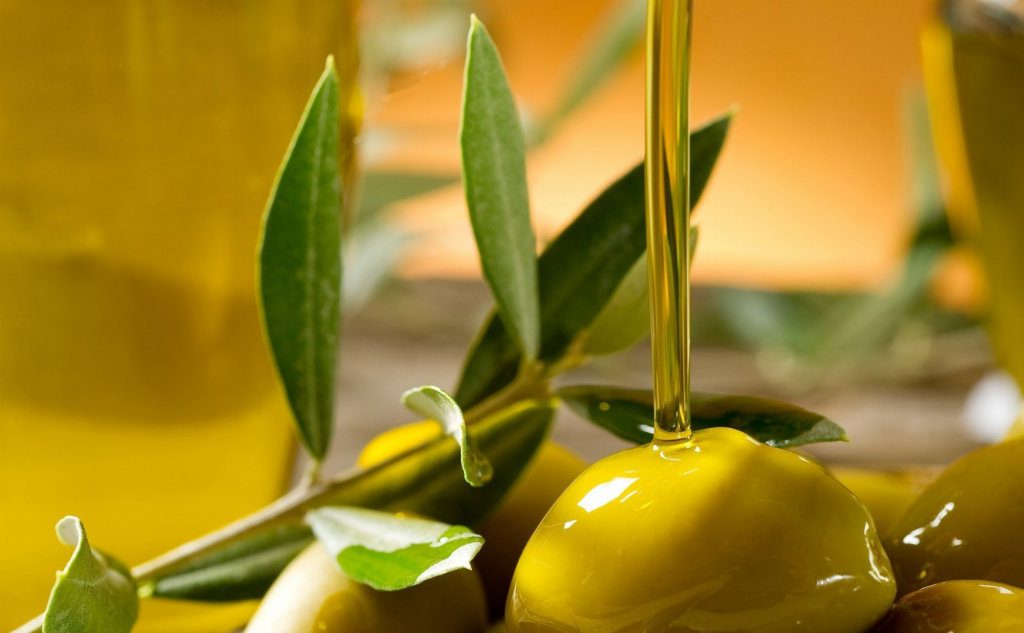Pairings
From theory to practice!Etiquette says that wines should be served according to the dishes, the season, the age of the guests and personal experience. As the courses change, the wine should also be changed because each dish has its own taste characteristics.
In a successful pairing, food and wine must serve each other without overpowering each other. Moreover, it is much easier to match an unbalanced food than a balanced one. In gastronomic tradition, we try to limit excesses with the system of side dishes, i.e. by pairing the food with a wine that moderates its excesses (acidity, flavour, fatness...). Imagine the classic pie chart... in an unbalanced food we perhaps have a few slices missing, or simply a few slices larger than the other. It then becomes relatively easy to 'fill in' the gaps with the right wine. On the other hand, the more balanced a food is, the more we will find it difficult to match it because it is like trying to fit something into this perfect 'cake' that virtually has no place. Even the easiest wine to match is the one that is fairly balanced, i.e. the one that has some imbalance between hardness and softness, which is perfect to match with foods that have these imbalances in the opposite direction.
Official AIS food/wine pairing chart!

